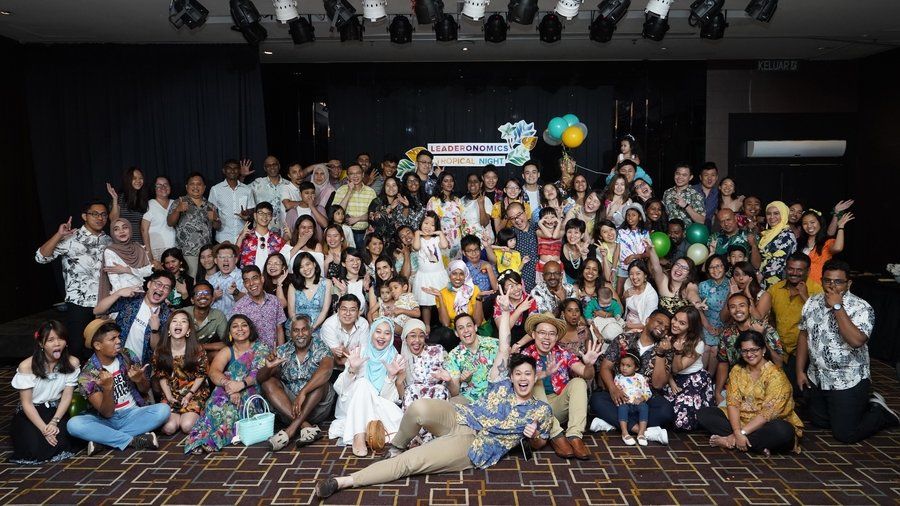Why HR Needs Good Storytellers

In the business world, especially in human resources (HR), we’ve been taught to keep our ‘game face’ on.
Any hint of emotion is seen as is inappropriate, or as overstepping the mark.
In addition, we’ve been taught that our problem-solving and decision-making should rely on our logic and analysis only.
That applies to whether we’re consulting with management on strategic staffing plans, or presenting a new training initiative with our team.
Yet rational decision making – for the most part – is largely a myth.
This is because up to 90% of the thousands of decisions we make each day fall beneath our level of awareness and are reinforced through our feelings and emotions.
In fact, studies have shown that 74% of participants have changed their decision after their emotion was changed.
According to Forrester Research, emotion was the number one contributor to customer loyalty in 94% of industries studied, beating effectiveness and ease.
Further still, Disney and Gallup found that organisations that optimise their employee and customers’ emotional journey generate 26% more gross margin and experience 85% more sales growth than their competitors.
That means we need to find ways to connect, engage, and inspire our team and employees using emotion – and storytelling is the perfect way to do that.
Make me feel it
Storytelling is the most powerful form of communication ever invented.
Whether it’s the latest Hollywood blockbuster, or a big team presentation, stories provoke our emotions.
Stories help us feel something towards the person telling the story, i.e. the speaker (you), which helps create connection, credibility and trust.
Any time you have the opportunity to present or speak to your team or to management, then you need to tell a great story.
You must balance the logic of the content (the data and the facts) with an emotional connection (the feeling that makes us leap up in glee).
When we try to influence our audience with the presentation of facts and figures or pros and cons alone, we are relying solely on logic, which is often why our audience fall asleep in their seats.
Remember, science says that we make up our minds based on our emotions and how we feel about something.
So, if the goal of any presentation is to influence your audience (which it is), then you need to give them something to feel that will elicit a reason to act now.
Should they feel angry and compelled to change their action? Or excited about the department’s new vision or idea?
In a presentation, you can choose images, photos, video, and even colours to match that mood, so what you’re saying and showing becomes not only memorable, but meaningful as well.

READ: You Don’t Have To Call The Shots All The Time
Be human
Above all else, you’ve got to remember that one key word in your job title – human.
As a human resource director, your whole role revolves around managing and influencing other people.
Of course, it’s easy to forget this when you’ve got your head down, churning through work, but we really cannot afford to hide behind corporate jargon, blanket statements, or even our screens.
What the world needs today ‒ what your employees, team members, customers, and stakeholders actually need is H2H – a human to human natural connection through compelling visuals and emotional stories.
In conclusion
When you share your vision and goals through compelling stories and slides that take your audience on the journey with you, then you reduce fear and instil confidence in everyone involved.
That’s when they will connect to a future they want to be a part of.
Emma Bannister is the founder and CEO of Presentation Studio, APAC’s largest presentation communication agency, and author of the book Visual Thinking: How to transform the way you think, communicate and influence with presentations. To connect with Emma, email us at editor@leaderonomics.com.
Business
This article is published by the editors of Leaderonomics.com with the consent of the guest author.





